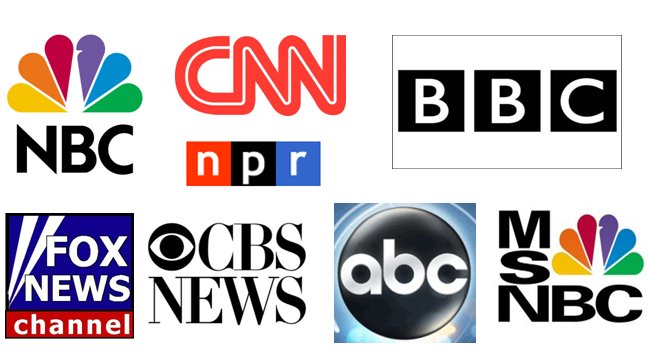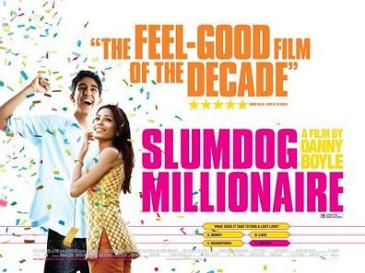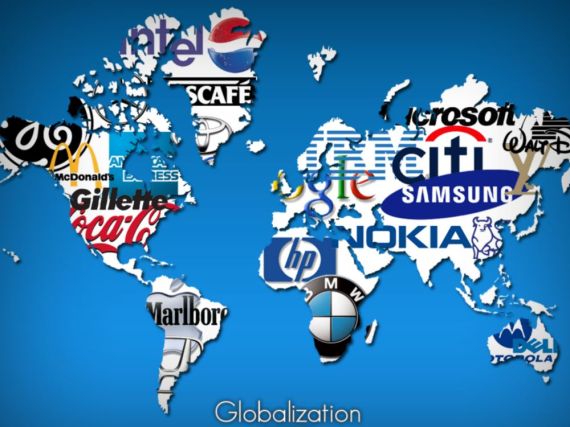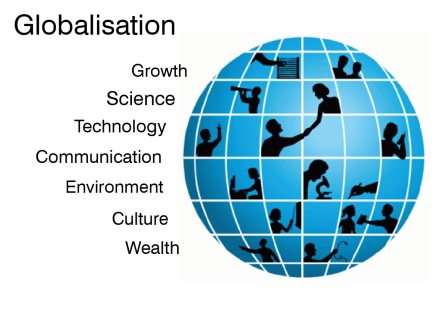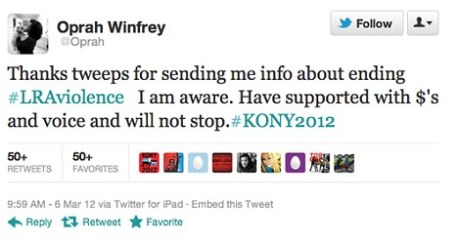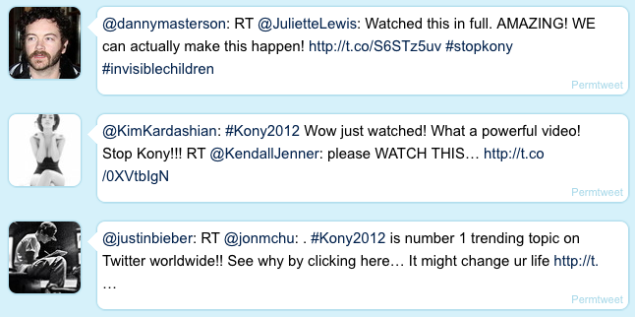In our ever massive entertainment industry we have come to accept the fact that a lot of our television series that are shown on our Australian television networks come from America, this can be due to the fact that many of the the small screen films are produced from Hollywood.
Now this is not entirely true as we see Australian Sitcoms or drama series on our television an example of a drama series that is common can be, traced back many years and still airing on television Home and Away. Moving away from drama television Australian comedy entertainment shows like Kath and Kim was a big one which rolled onto the Aussie networks in May 2002. What appealed to many australian audiences was how ‘bogan’ the show was, it had the slang we use in everyday conversations, and this appealed because it reflected on ‘typical’ Australian Culture is like.
“Comedy after all, is a cultural and social practice that is both shaped by and contributes to historical conjunctures” (Turnball 2008, P.112). Although Kath and Kim relates to the ‘bogans’ of Australia this did not stope America from replicating and original of Australian comedy television.
In the year of 2008 NBC and American television station aired the first ‘American’ Kath and Kim. In it’s early arising critics had given the ‘American’ copy cat a good rating but as the show progressed ratings dropped which saw to the cancelation of the television show in America. The American version compared to the Australian had shown many noticeable changes in the show. The massive difference between the 2 shows was that the American version was that in the reading from Turnball was that they both called each other ‘Horn bags which was very ironic as she explains that the the Kath and Kim in this were glitzy glamourous Americans, but also the sliming and toning down of one the the characters.
Below: Australian

Below:American
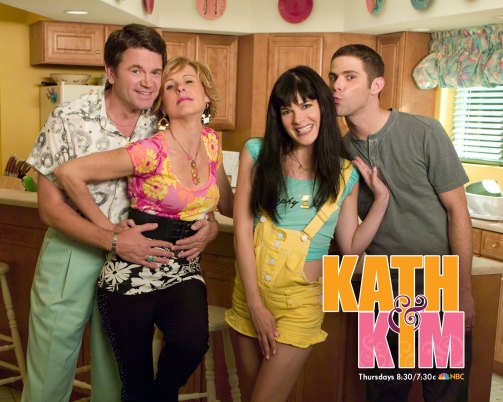
Although the American Kath and Kim was a fail other replicated films america tried to imitate and that was, successful was Ugly Betty. Ugly betty was originally a Television show in Colombia and “in Colombia she was an intelligent yet unattractive and unfashionable assistant at a Bogotà fashion house.” (Miller 2010, p. 198). “One factor behind the popularity of the telenovela genre is the short run 5–6 night-a-week format, which serves to capture and maintain a steadfast and transfixed audience.” (Miller 2010. P. 198). Although in telenovela has short lasting shows “Ugly Betty” in the USA had managed to be integrated into American society. What made ugly betty and telenovela’s stick was that they have “a mix of globally-resonant archetypes and a structure of specific
localizable elements”. (Miller 2010, P. 213).

By having a global or universal theme shows are able to be translated into many different nationalities if they are to be recreated in a different country as they can relate. As for Kath and Kim and comedies alike are hard to imitate and translated as the comedy needs to stick to the culture to be understood by the people in the countries.
Bibliography
Turnbull S 2008, ‘It’s Like They Threw a Panther in the Air and Caught It in Embroidery’, Metro Magazine: Media & Education Magazine, no. 159, vol. 1, pp. 110-
15.Miller, J.L. (2010) ‘Ugly Betty goes global: Global networks of localized content in the telenovela industry’. Global Media and Communication, vol. 6, no. 2, pp. 198-217.


